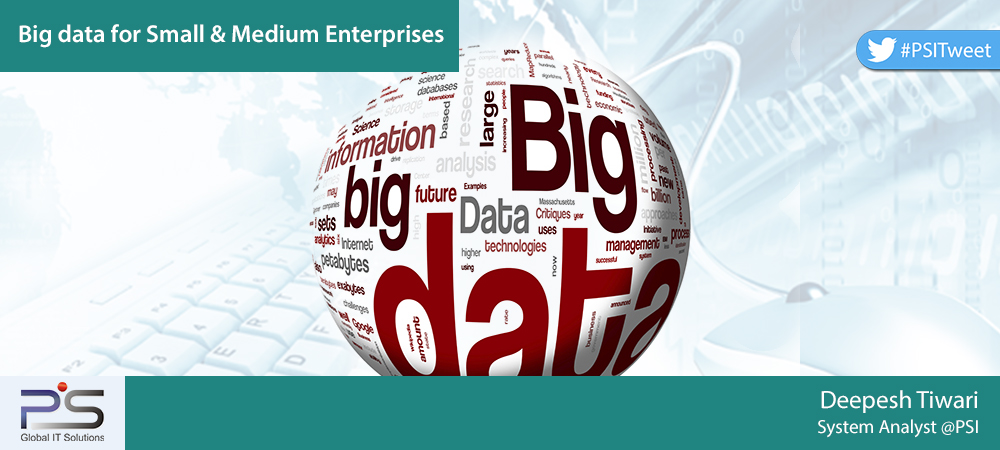A recent IDC report states that Big Data technology and services market represents a fast-growing multibillion-dollar worldwide opportunity. Further, it forecasts that the Big Data technology and services market will grow at a 26.4% compound annual growth rate to $41.5 billion through 2018, or about six times the growth rate of the overall information technology market.
Tag: Big Data
Big Data for the Insurance Sector
Insurance Sector is expected to double the total premium income in next four years. Indian life insurance market, largest in the world in terms of polices is expected to grow at a pace of 12-15% in the next five years. This generates enormous data about the customers’ behavioural patterns and other aspects of the business. In order to expand and grab a bigger market share the insurers will be required to adopt new methodologies to understand the market dynamics. Big Data analytics can serve the industry requirements of harnessing and harvesting the data available for business decisions.
Big data for Small & Medium Enterprises
Business data has existed for ages. It can be scrutinized in the form of handwritten ledgers, account books, customer information forms, customer reference forms, etc. A large amount of this data collected goes unnoticed. Small / Medium sized entrepreneurs believe that Big Data is for big companies, they have nothing to do with it. They feel that implementing Big Data technologies will result in huge financial burdens for the company.
Integration of Big Data & Business Intelligence
With the emergence & evolution of new technologies, current canvas of data collection and analysis is revolutionizing rapidly. The enormous data collected, data sources, storage and analysis of data all are major concern areas for any organisation. Big Data is changing the way business decisions are made as it exceeds the capacity and capability of conventional storage, reporting and analytics systems.
Big Talks about Big Data; what it entails…
For instance, massive data is generated across stores and nations with respect to customer preferences and behavioural patterns. The data about the items purchased, purchasing frequency, amount of money spent, the sizes and much more. How do the companies manage this kind of exhaustive data? How do they use it for predicting customer choices, and formulate strategies? How it can be broken to analyse and draw inferences? Similarly, there is humongous data generated at traffic signals, by telecom operators and many more zones of routine operations.








